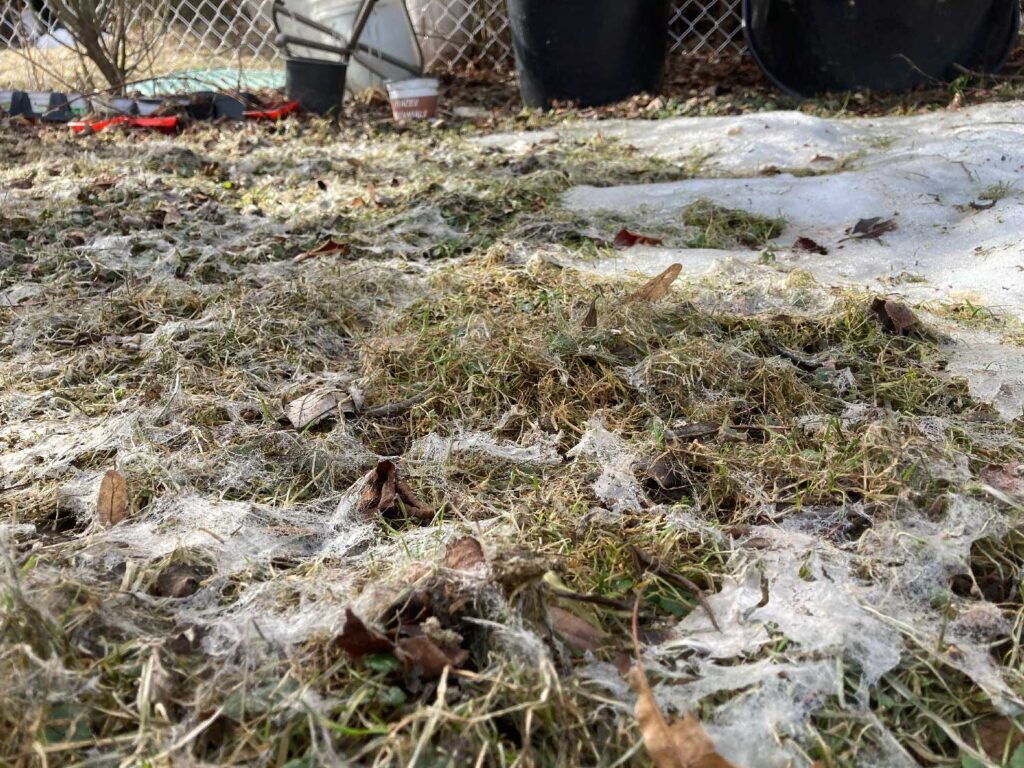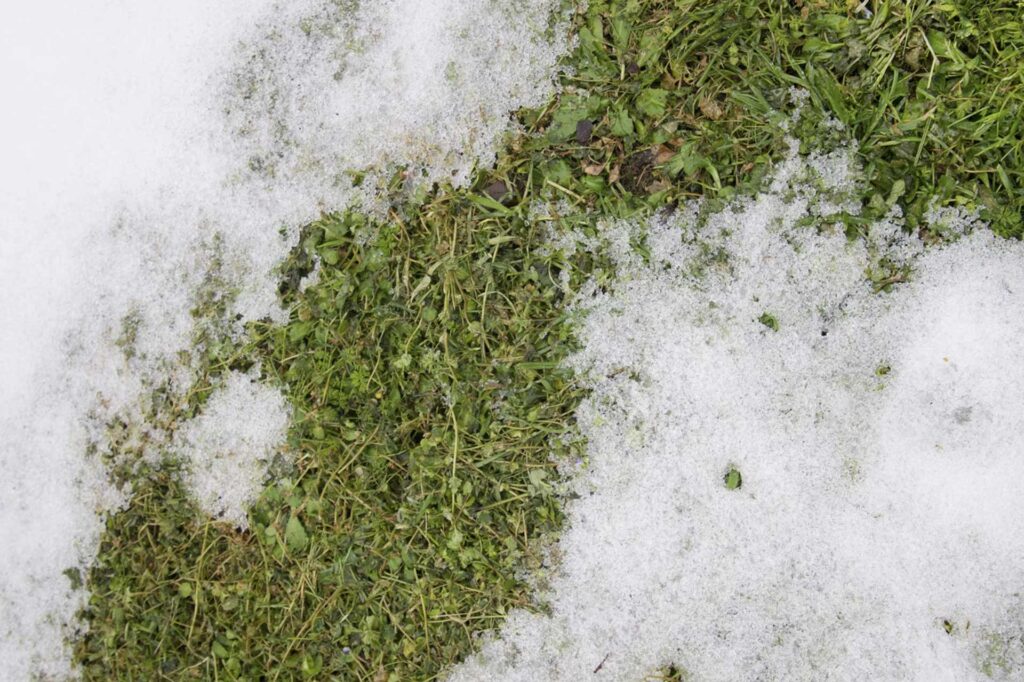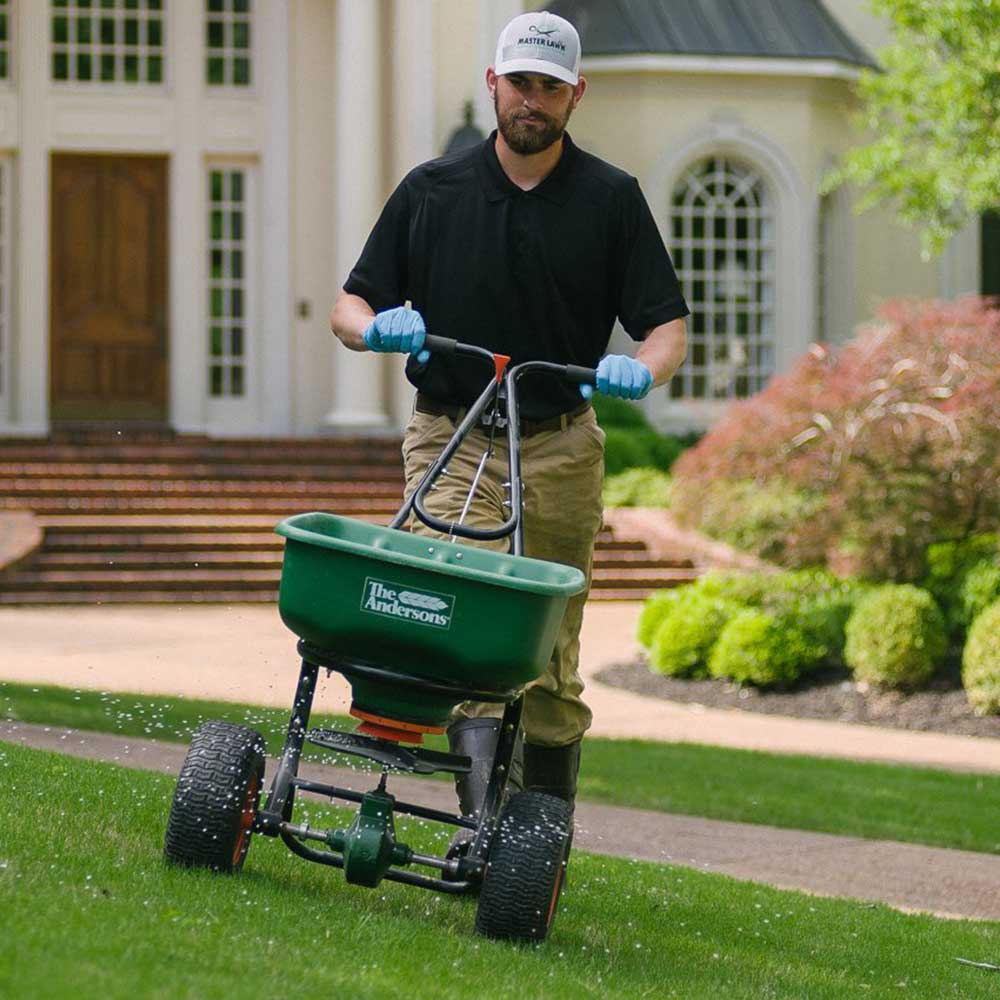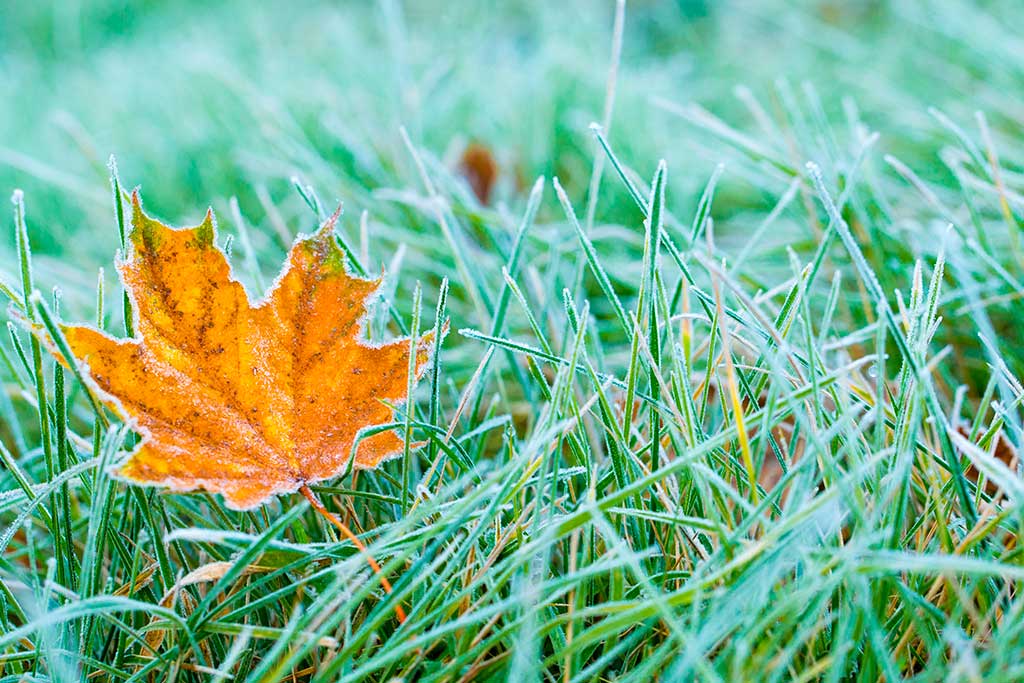The good weather is finally back! To your rakes, to your gloves, everyone on the lawn for the big spring cleaning… Wait a moment, take a few minutes to read what follows, your lawn will greatly benefit from it.
Mistakes to avoid in the spring
The most common mistake and the most damaging for the lawn in the spring is undoubtedly to start the spring maintenance too early. Whether it is by removing without delay the snow that has accumulated during the winter with big blows of the shovel which perforate the ground here and there or simply by walking on the grass while it is still waterlogged with melting snow, the hasty maintenance of your lawn can cause major damage that is very difficult to recover before the arrival of the real aggressors: weeds, insects, heat wave.
A little essential rake
Thus, when the soil is dry and the grass begins to green, you can start the spring maintenance of your lawn. As the grass is no longer dormant, you will be able to tell the difference between dead blades (brown, dry) and living plants (green). Essential for helping your lawn quickly regain its shine after the long winter months, gentle raking to remove dried blades of grass ensures good aeration. This, in addition to promoting the germination of new grass seeds, limits the growth of fungi and the infestation of pests. Likewise, use a lightweight leaf broom rather than a rake to avoid ripping out delicate new grass blades.
Repair winter damage
Bare patches of grass are the main gap that weeds use to invade your lawn. It is therefore important to quickly repair damage to your lawn caused by pests, insects, ice or machinery during the winter.
Did you know?
Three elements are essential for successfully repairing damage to your lawn:
1- To level the area to be repaired, a quality soil is essential. In addition to creating an environment conducive to seed germination, a certified weed-free soil ensures impeccable results. Also scatter a light layer of soil over the seeds to hide them from birds.
2- Use quality seeds certified without weeds. Unfortunately, the seeds sold in supermarkets are generally not free of weeds in addition to offering rather low germination rates.
3- Regular watering of the repaired area is essential to promote seed germination. Depending on the temperature, you may need to water daily to keep the area moist without washing it out. Once the seeds have germinated, you can space out the waterings.
Finally, if you need certified seeds or quality soil, we recommend that you visit the seeds and soils section of our website.



